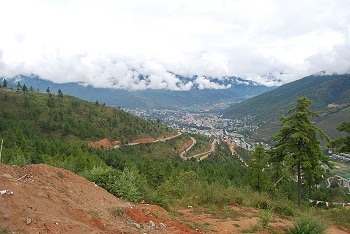
Uttarakhand’s Valley of Flowers is now open for visitors, although with some restrictions. Any visitor found using plastic within the valley will face a penalty of Rs 10,000. The government has restored all the facilities in the park including its trek route as well as the damaged bridge, and tourists can now free to enjoy the beauty of this place.
In November last year, Nainital High Court declared the valley to be a plastic-free zone, which means visitors to this national park won’t be able to use plastic within the park area, except water bottles for which visitors will need to deposit a security fee. Only 300 visitors will be allowed entry in the valley. On first day, a total of 77 Indian and 22 international tourists visited the valley.
Located in the Chamoli district in Uttarakhand, Valley of Flowers is an Indian national park, known for its immense beauty, meadows of endemic alpine flowers and the variety of flora. This area is also home to some rare and endangered animals, including snow leapord, Asiatic black bear, musk deer, red fox, brown bear, blue sheep, and several other animals. You can also spot Himalayan monal pheasant and other high altitude birds in Valley of Flowers. Nanda Devi National Park lies to the east of Valley of Flowers.
The Valley of Flowers trek route was badly damaged during 2013 floods and cloudbursts in Uttarakhand. In June 2013, the state of Uttarakhand witnessed some of the most disastrous events in its history in the form of a multi-day cloudburst, devastating floods and landslides. This was also India’s worst natural disaster since 2004 tsunami. The state experienced larger than normal rainfall, resulting in blocking up and overflow of rivers due to debris. In Kedarnath, thousands of people died on June 15. Destruction of roads and bridges left more than 110,000 tourists trapped in the valleys. These people were later evacuated by the Indian Air Force, the Indian Army, and paramilitary troops.
Recently, Uttarakhand government said it has identified several villages in disaster prone areas in the state and will soon relocate these villages. During the first phase, only two villages from each district will be located.
According to the state government, a total of 352 villages lying in high seismic zones or facing flood threats have already been identified. These villages will be relocated after approval of budget in upcoming assembly session scheduled to be held in June. A large of village among the 352 villages are located in the Kedar Valley.
